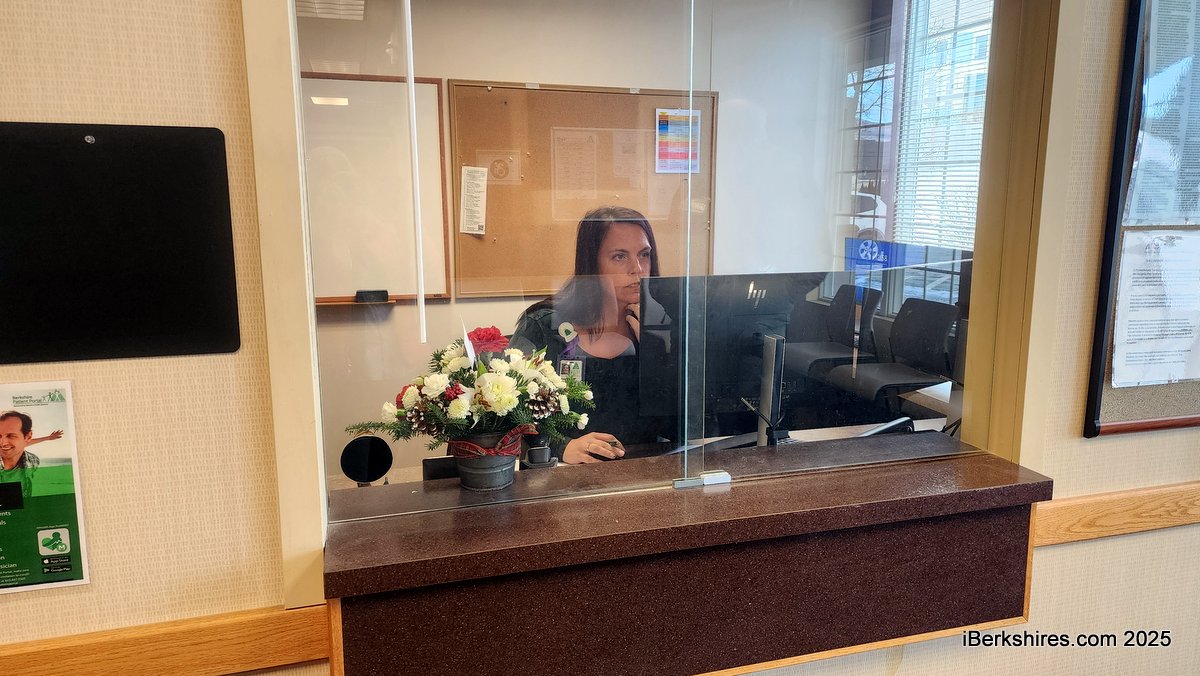Letters: Spruces Residents Given 'Hobson's Choice'
 |
To The Editor:
Several years ago, Williams College announced plans to build a performing arts center at the end of Spring Street. A new state-of-the art performing arts center was a great idea, but the location for that center was not. The citizens of Williamstown pulled together and opposed, not the building of a performing arts center, but its location on Spring Street. Williams College rethought its proposal and today Williams has a very popular and successful performing arts center on Main Street.
In 2012, the town of Williamstown proposes to help the current and former residents of the 2011-ravaged Spruces by relocating them to a parcel of town-owned conservation land. Helping the Spruces residents is a good idea; relocating them to the Lowry or Burbank conservation properties is not.
Recent communications by Williamstown Manager Peter Fohlin state that Spruces residents are being offered four choices. While this may be true, the town, itself, is offering Spruces residents only one choice: A false choice or a "Hobson's Choice."
That choice which the town offers is vacating the groundbreaking, unique model Spruces Park and moving elsewhere. The town's FEMA grant proposal, which requires Williamstown to make a matching $2 million contribution as part of the grant agreement only offers residents the choice of vacating and the town bulldozing the property.
The U.S. Army Corps of Engineers has not offered a studied opinion as to whether the Spruces could be made safer. The town has not made an effort to mitigate three streams which flow into the Spruces: Paull Brook from the east of the Park; the brook which has currently has considerable water flow which crosses Route 2 near Dion Financial and Renton's Nursery; and a third which is located between Luce Road and Frenier Drive and is located southwest of the Spruces Recreation Room.
The latter two streams may have grown appreciably in recent years as a result of the North Adams Airport tree cutting project in the Luce Road neighborhood. These three streams appear to be major culprits in perennial and recent Spruces flooding.
Interestingly, the town likely will still have to address these three streams if it converts the Spruces into a park.
Another point of interest is that many of the homes that escaped the wrath of Tropical Storm Irene are those nearest the Hoosic River. Recently, the Hoosic River Watershed Association's State Of The River Conference hosted Mr. Jim MacBroom in September, who offered some interesting alternatives in the areas of flood control. Watch it on Willinet's website.
However, the town took the option of making the park safer entirely off the table and they did it in secrecy over a period of 10 months before announcing, on Nov. 13, 2012, that it had applied for the FEMA grant. Work with the state began in February 2012 or earlier and the federal FEMA grant application is dated May 31, 2012. The town's agreement to buy the Spruces was consummated on April 2, 2012.
Thus, during this time, Spruces residents were unable to plan for their future and also were certainly not given enough time to consider co-operative ownership and the possibility of fundraising for purchase of the Park.
What about the town's proposal to relocate Spruces resident to the Lowy property off Stratton Road? While the property is a great scenic place to visit, and it is utilized for agriculture, hiking, and as a wildlife refuge, you may not want to live there.
How many times, each, have town officials involved in the housing proposal visited Lowry? Did they spend at least an hour or more visiting it? It is a windswept place on top of a hill which often might not be pleasant, especially during our harsh Berkshire winters.
I have performed a study, at no cost to the town, of whether the largely landlocked Lowry property meets Williamstown zoning and subdivision requirements for a 50-150 home development. It does not.
Finally creating an entrance to a subdivision at the intersection of Adams and Stratton Roads would instantly create one of the most dangerous intersections in Berkshire County.
One must realize that in 1956, when the town purchased the property, most of this now densely populated area was largely unpopulated rural farm land.
Yes, like the merit of the original Williams Performing Arts Center proposal, the town should help the Spruces residents, but by offering them true choices and not at the expense of town-owned conservation lands.
Ken Swiatek
Williamstown
Dec. 7, 2012
Tags: conserved land, letters to the editor, Spruces,
















